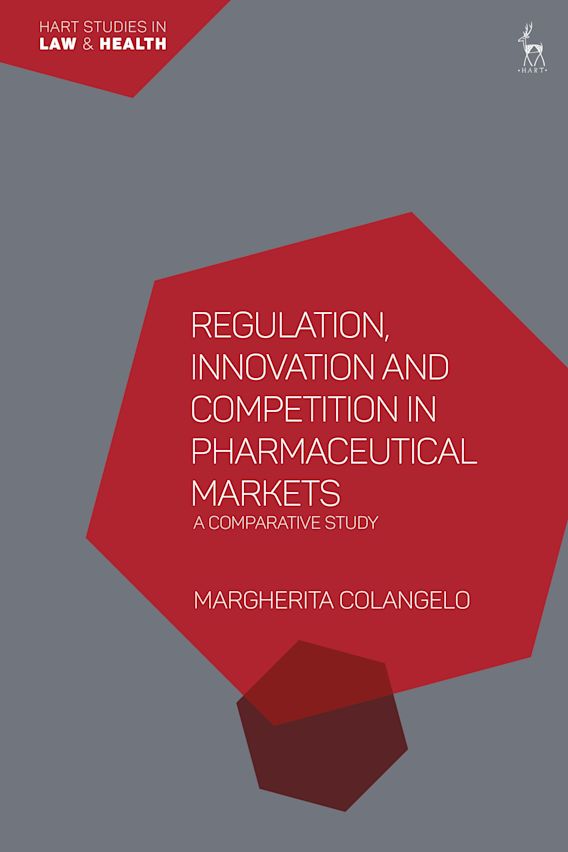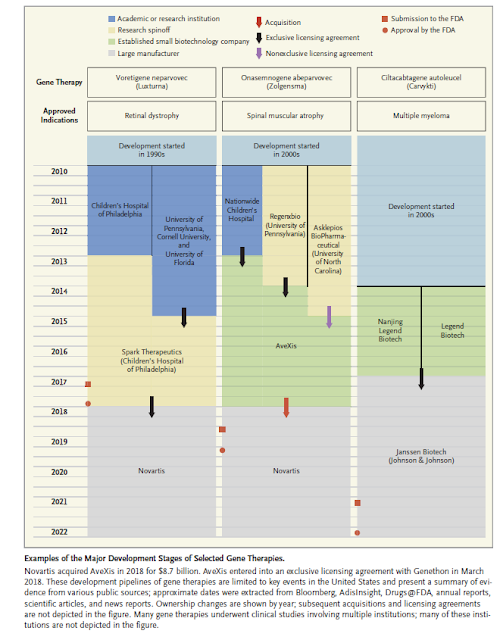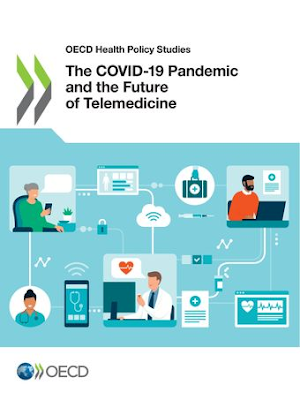Pharma and Profits: Balancing Innovation, Medicine, and Drug Prices
Llibre resumit amb IA
"Pharma and Profits: Balancing Innovation, Medicine, and Drug Prices" de John L. LaMattina ofereix una perspectiva interna i detallada sobre la indústria farmacèutica, explorant la complexa relació entre la innovació, el desenvolupament de medicaments i els preus dels fàrmacs. LaMattina, amb la seva experiència com a antic president de recerca i desenvolupament de Pfizer, desmitifica el funcionament intern de la indústria i argumenta a favor d'un equilibri entre la necessitat de beneficis per a la sostenibilitat i la importància d'assegurar l'accés als medicaments que salven vides.
Aquí teniu un resum dels punts clau del llibre:
-
El procés d'innovació farmacèutica és llarg, costós i arriscat: LaMattina detalla les nombroses etapes involucrades en el descobriment i desenvolupament d'un nou medicament, des de la investigació bàsica fins als assajos clínics i l'aprovació regulatòria. Subratlla els elevats costos associats a cada etapa i la gran taxa de fracàs dels candidats a fàrmacs, on només una petita fracció arriba finalment al mercat. Aquest risc significatiu justifica, segons l'autor, la necessitat de retorns substancials per a les empreses que tenen èxit.
-
Els beneficis són essencials per a la reinversió en R+D: LaMattina argumenta que els beneficis obtinguts per les companyies farmacèutiques són crucials per finançar la futura investigació i desenvolupament de nous tractaments. Sense la perspectiva de rendibilitat, la inversió en la descoberta de medicaments innovadors es reduiria dràsticament, afectant negativament la salut pública a llarg termini.
-
La complexitat de la fixació de preus dels medicaments: El llibre explora els factors que influeixen en el preu dels medicaments, incloent els costos de R+D, els beneficis esperats, el valor terapèutic, la competència del mercat i les negociacions amb les companyies d'assegurances i els sistemes de salut. LaMattina critica les narratives simplistes sobre els preus dels fàrmacs i defensa la necessitat d'una comprensió més matisada de les dinàmiques del mercat.
-
El paper de la regulació i la propietat intel·lectual: LaMattina discuteix la importància de les agències reguladores com la FDA per garantir la seguretat i l'eficàcia dels medicaments. També defensa el sistema de patents com un incentiu clau per a la innovació, ja que proporciona a les empreses un període d'exclusivitat per recuperar les seves inversions i obtenir beneficis abans que els medicaments genèrics puguin entrar al mercat.
-
La necessitat d'un diàleg constructiu i solucions equilibrades: LaMattina reconeix la preocupació pública sobre els preus dels medicaments i la importància de garantir l'accés als tractaments. No obstant això, adverteix contra polítiques de control de preus massa agressives que podrien desincentivar la innovació. En canvi, advoca per un diàleg constructiu entre la indústria, els governs, les companyies d'assegurances i els pacients per trobar solucions equilibrades que promoguin tant la innovació com l'accessibilitat.
-
Desmitificació de la indústria farmacèutica: L'autor busca oferir una visió més transparent i comprensiva de la indústria farmacèutica, desmuntant alguns dels mites i percepcions negatives que sovint l'envolten. Intenta humanitzar la indústria i mostrar la dedicació dels científics i professionals que treballen per desenvolupar nous medicaments.
En resum, "Pharma and Profits" ofereix una perspectiva informada i equilibrada sobre la indústria farmacèutica, argumentant que els beneficis són un component necessari per a la innovació i el desenvolupament de nous medicaments. Tot i reconèixer les preocupacions sobre els preus, LaMattina defensa la complexitat del sistema i la necessitat de trobar solucions que permetin a la indústria prosperar i continuar aportant avenços mèdics alhora que es garanteix l'accés als pacients.
PS. Tots els escrits de Lamattina.
PS. Tots els escrits de Pharma, big pharma.






















